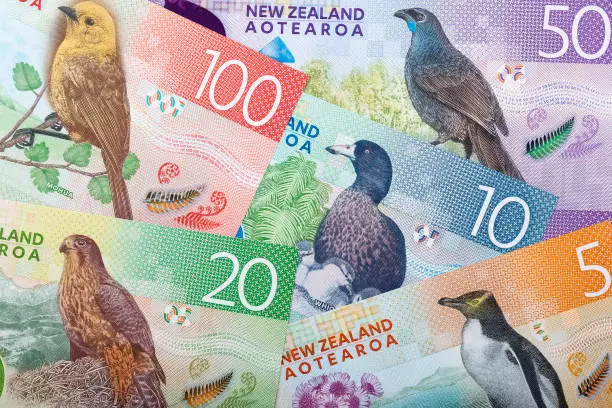The NZD/USD currency pair has recently exhibited a notable decline, marking a significant drop to a seven-week low of 0.6091. This ongoing sell-off, which initiated on October 1, underscores the complex interplay of economic conditions and monetary policy decisions affecting the New Zealand dollar. A critical review of the drivers behind this trend reveals both domestic policy shifts and broader international economic factors at play.
At the heart of the New Zealand dollar’s depreciation is the Reserve Bank of New Zealand’s (RBNZ) strategic pivot towards lowering interest rates. In recent months, the RBNZ has enacted consecutive rate cuts in response to waning inflationary pressures, which culminated in a reduction of the key interest rate by 50 basis points to 4.75% per annum. Such measures reflect the RBNZ’s commitment to maintaining inflation within its targeted range of 1-3%, with analysts anticipating that forthcoming consumer price data may indicate inflation stabilizing around the 2% mark. This decision not only signals a more accommodative monetary policy but also influences investor sentiment, leading to speculative actions in currency markets.
Simultaneously, global economic factors are contributing to the NZD/USD pairing’s volatility. Market participants are closely monitoring the upcoming U.S. Federal Reserve meeting minutes, which play a pivotal role in shaping expectations for U.S. monetary policy. The content of these minutes is scrutinized for signals that may indicate the Fed’s stance on future interest rate adjustments. Changes in U.S. rates resonate through the global market, prompting shifts in currency values including the New Zealand dollar. As the geopolitical landscape evolves, traders find themselves navigating a more uncertain environment, often with a focus on how U.S. policy changes might create ripple effects in other economies, including New Zealand’s.
From a technical perspective, the NZD/USD market has reached its anticipated target at 0.6080. Current indicators suggest that a consolidation phase may soon emerge above this level. In the immediate term, traders are eyeing the potential for an upward breakout toward 0.6230, which could indicate a corrective rally in response to the prevailing downward trend. However, if the consolidation leads to further declines, the pair could fall to lower levels, specifically around 0.5944.
The MACD indicator currently reflects a bearish sentiment, characterized by its signal line being positioned below zero and trending downwards. This reinforces the prevailing negative outlook. Conversely, the Stochastic oscillator indicates a potential upward correction, as reflected by its position below 20, combined with an upward trajectory.
The NZD/USD currency pair’s recent downturn can be largely attributed to the Reserve Bank of New Zealand’s proactive interest rate policy combined with global economic uncertainties surrounding the U.S. Federal Reserve’s intentions. Traders and analysts will continue to keep a close watch on technical indicators and macroeconomic data, as these will provide valuable insights into future movements of the currency pair. Understanding these dynamics is crucial for navigating the complexities of foreign exchange markets effectively.

